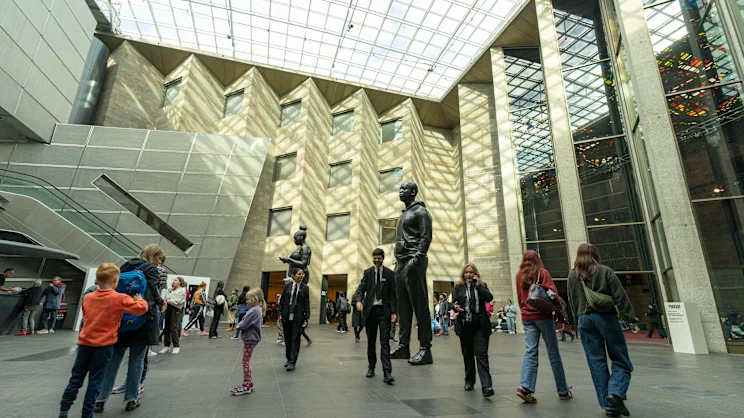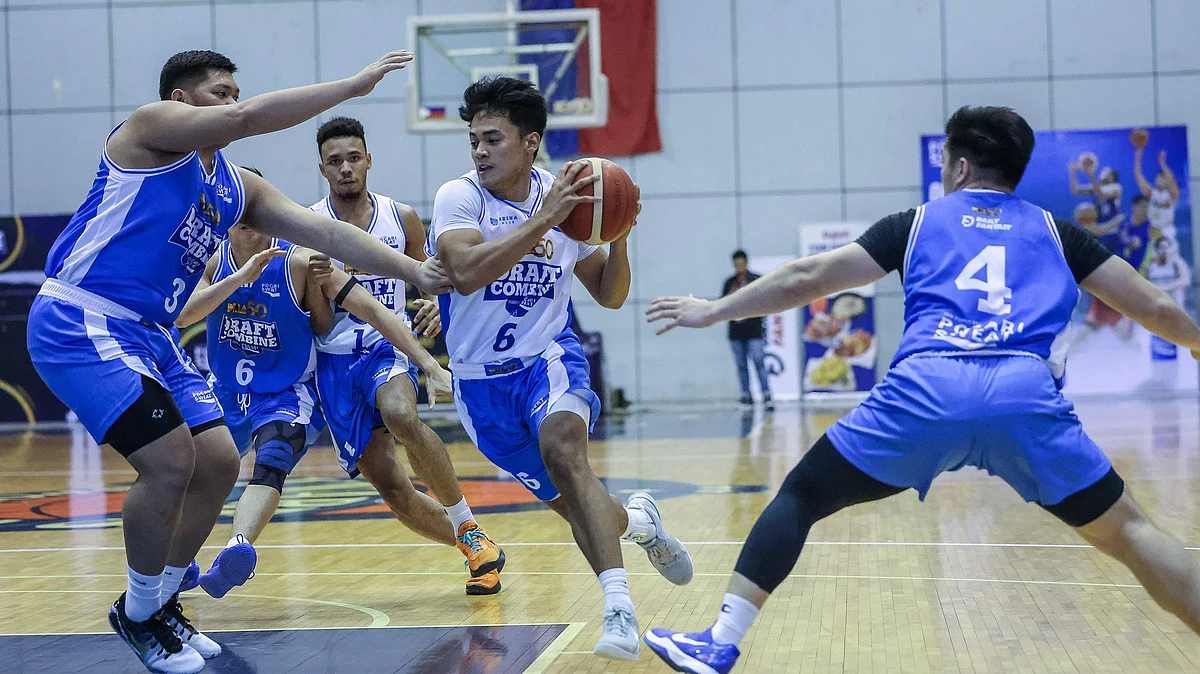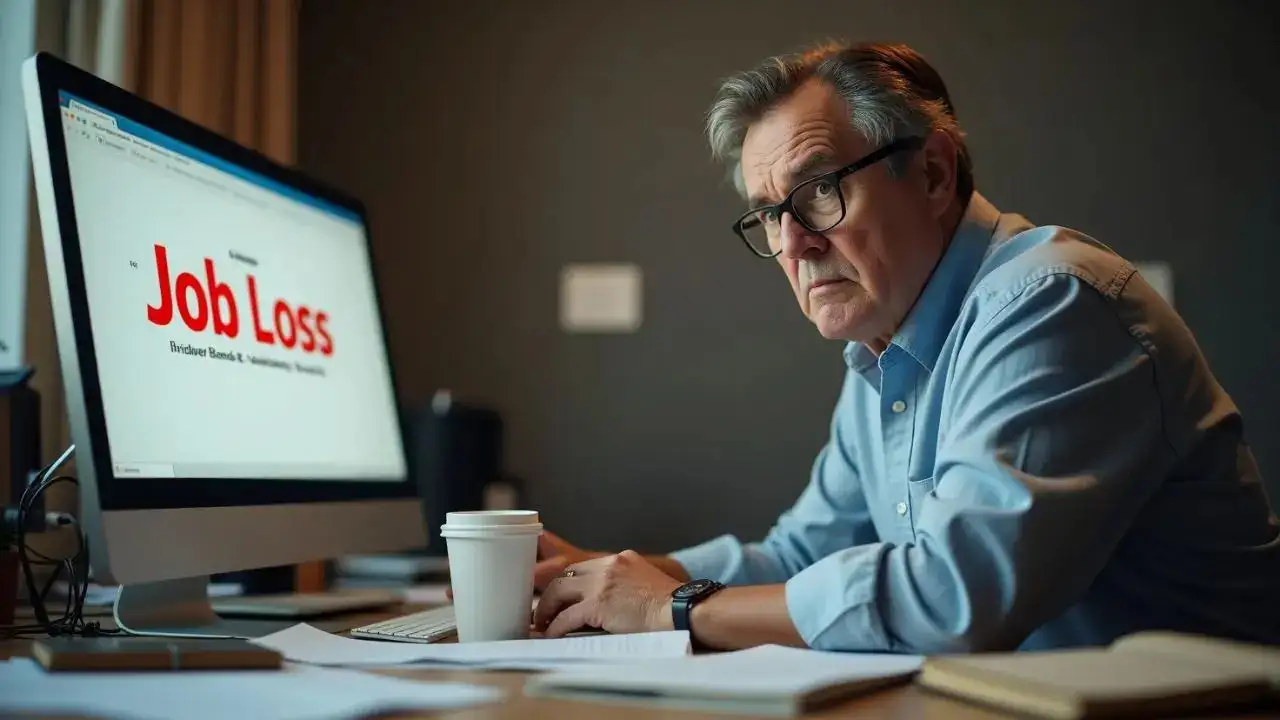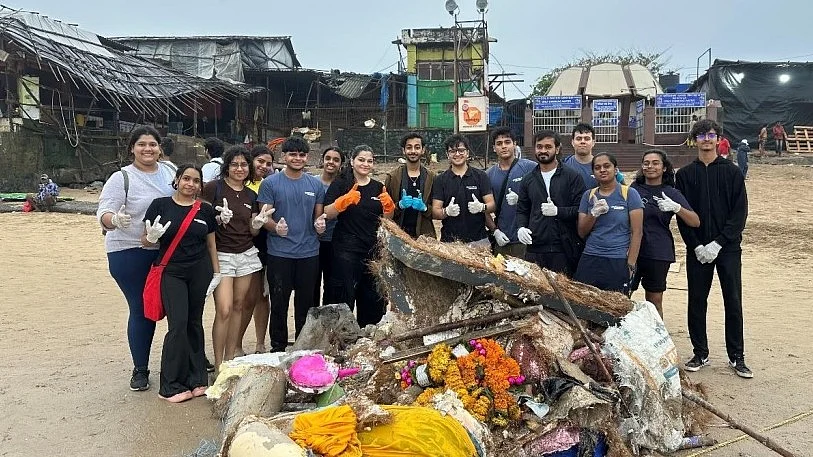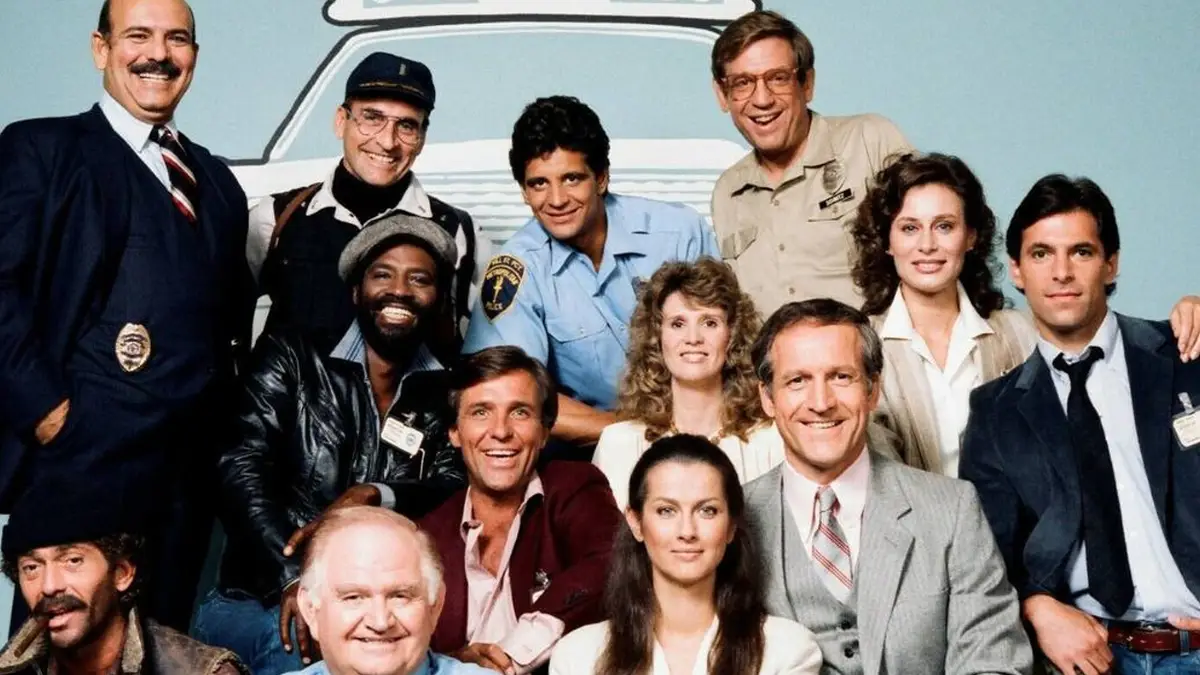
While police procedurals are some of the longest-running and most beloved shows on TV, their history didn’t start with Law & Order like some may think, with 20th-century cop dramas only getting better with age. While there have been some moments where classic cop shows falter, many have shaped the way viewers perceive modern procedurals, especially from a cultural standpoint.
Vintage cop TV shows may not always be the most politically correct, but they often bring together a mix of character, atmosphere, and innovation. As procedurals have been on the air for decades, it can be hard to continually reinvent the wheel, but cop shows often find themselves looking at crime from different angles and new perspectives year after year.
Long before Dick Wolf’s franchises dominated the primetime airwaves, classic cop shows were shaping the way viewers saw law enforcement, influencing the way viewers perceived crime and punishment. From groundbreaking storylines to buddy cop comedy, these shows have proven the test of time and ensured that viewers come back to them long after their final episodes have hit the air.
While some procedurals have found themselves revamped for the modern era, others have been able to stay true to their original form without a reboot. Bringing sitcoms, gritty dramas, and intense procedurals all together, shows that have depicted law enforcement in various shades are often worth revisiting as they get older, ensuring they’re treated like time capsules of the era they’re from.
10 Columbo
1971–2003
Unlike most detective shows, Columbo flipped the traditional formula that viewers were used to when it came to procedurals. Each movie-length episode, audiences saw the crime committed first, then watched Lt. Frank Columbo (Peter Falk) slowly unravel the culprit’s seemingly perfect alibi. This style of storytelling made the show unique in its suspense, and has ensured that the series is rewatchable through the years.
Columbo’s look, which nearly always included a rumpled rain jacket and a cigar, was made famous throughout the long run of the series, which wasn’t exactly like other cop TV shows. While Columbo was technically a TV show, it was broken down into small seasons over several decades, operating like TV movies than an actual season of television throughout the run.
Guest stars were key to Columbo’s success, and are part of the reason why the show is so rewatchable in today’s world. Seeing stars of TV, film, and entertainment appear on the series over the course of three decades makes Columbo addicting. The series has a fresh perspective with a different approach than the traditional procedural.
9 Starsky & Hutch
1975–1979
As one of the defining cop TV shows of the 1970s, Starsky & Hutch was an action-packed buddy cop series that dominated the airwaves. Partners David Starsky (Paul Michael Glaser) and Ken Hutchinson (David Soul) had different strengths, and were able to make up for one another’s weaknesses. Blending crime drama with high-speed chases, undercover operations, and fun banter, the show had a different style than others.
Most notable for infusing the series with signs of the times, like sitcom-style comedy, funky fashion choices, and popular music, the ’70s style series benefitted from knowing how to keep things modern. Now, rewatching Starsky & Hutch isn’t always the easiest in terms of its modern elements, but the series does often hone in on its most important central relationship.
Starsky and Hutch, as partners, are the most important part of the series overall. Their professional partnership and friendship felt authentic on screen, which lent to the overall story from episode to episode. Encapsulating the 1970s in more ways than one, it became a blueprint for the buddy cop genre.
8 CHiPs
1977-1983
A more family friendly look at police procedurals, CHiPs followed the California Highway Patrol offices Frank “Ponch” Poncherello (Erik Estrada) and Jon Baker (Larry Wilcox) as they kept the busy streets of California safe. Bridging the gap between decades, CHiPs straddled an interesting line, as it’s both a 70s and 80s show that features some distinct changes throughout the series.
A sun-soaked series that stood out for its light depiction of the Southern California culture of the late 70s and early 80s, the series isn’t as rough around the edges as other police procedurals. Often showing off beautiful landscapes, traffic jams, and motorcycle stunts, CHiPs was a less serious look at police work during a time that needed some levity.
The most interesting piece of CHiPs to watch in the modern era is, similarly to Starsky & Hutch, the buddy cop element of Estrada and Wilcox’s performances. While the show is a lot lighter than other procedurals, it often features moments of authenticity within their relationship, which is typically comforting for viewers who watched in real time.
7 Hawaii Five-O
1968–1980
Hawaii Five-O marked an interesting point in police procedurals. With both a buddy cop element and a backdrop outside of California, the series showed off a completely different side to police work than most others. While the series, which featured Steve McGarrett (Jack Lord) and Danny Williams (James MacArthur) working on Hawaii’s state police unit, was a traditional drama, it had shifting elements.
With an impressive 12-year run, Hawaii Five-O was the longest running police drama at the time and deserved attention. Showing off Hawaii in a way that few Americans had ever seen before, it took pride in its cinematography, showing off beaches, mountains, and cities elaborately. Hawaii Five-O’s distinct identity made it stand out in a sea of California-based shows, and is still worth the rewatch.
6 Cagney & Lacey
1981-1988
In the male-dominated space, female leads on cop TV shows were rare throughout the 1970s, but in the 1980s, one series broke ground by featuring two female NYPD detectives. Christine Cagney (Sharon Gless) and Mary Beth Lacey (Tyne Daly) were co-leads on Cagney & Lacey, which ran throughout the 1980s. While Cagney was career-driven, Lacey balanced her work and family life on screen.
Giving a more well-rounded perspective on what it meant to be a woman working in an intense job, Cagney & Lacey showed its co-leads working through crimes while tackling sexism within the police force. Thematically, the series resonated with viewers during the 80s, when women were beginning to step into more high-powered roles at work, splitting domestic roles with their partners.
Cagney & Lacey may feel dated to some, but watching the series now provides a critical lens into the way of the world at a time when equality was weaving its way into the workplace more than ever before. With a strong emphasis on character development and difficult, nuanced issues, Cagney & Lacey also offers a high level of entertainment on top of its societal commentary.
5 Barney Miller
1975-1982
Barney Miller may be one of the few cop shows of the era that didn’t often face high-stakes moments, but instead allowed viewers to see a comedic side to the profession. Running from 1975-1982, Barney Miller followed the titular character, played by Hal Linden, and his interesting squad of detectives as they dealt with the day-to-day difficulties of being in law enforcement.
More of a workplace comedy than anything else, the series had the ability to find nuance and comedy in every situation, commenting on everyday frustrations and allowing each character to show their own humanity. Rather than sensationalizing being in law enforcement, Barney Miller shared commentary on the job. The series wasn’t as flashy as other cop shows, but still has a warm sense of humor that resonates.
4 Hill Street Blues
1981-1987
One of the most influential polices shows of all time, Hill Street Blues may as well have created the modern day police procedural. Steven Bochco, who went on to create other iconic procedurals like LA Law and NYPD Blue, created Hill Street Blues with Michael Kozoll. Portraying the gritty, chaotic reality of policing in an innovative way, the series didn’t shy away from tough topics.
Utilizing handheld cameras and a large ensemble cast, the show was known for its realism at the time, making it feel more like a documentary-style series than a drama. The blend of danger and humanity shown on screen often led viewers to feel the stakes were far higher than that of a regular cop show. Hill Street Blues’ character work was iconic and grows better with time.
3 Dragnet
1951-1959; 1967-1970
Regarded as the first modern-day police procedural, Dragnet’s first run was in the 1950s at the dawn of TV, which means watching it now certainly feels dated. Created by and starring Jack Webb, Dragnet follows Sgt. Joe Friday as he works through cases within his role in the LAPD. The series dramatized real cases to give it a documentary-style, and in the 50s, viewers were wowed.
While Dragnet was often a more somber show than modern cop TV, the series made it clear that the stoic professionalism was the most important piece of the puzzle for Friday, signifying the same for actual officers. Shaping the procedural as a whole, Dragnet rebooted for modern audiences in the late 60s, lasting another few seasons with an updated format.
2 Miami Vice
1984-1989
An era-defining cop show, Miami Vice is well-known for many of its 80s style elements. The series fused crime drama with MTV-style aesthetics, making it a sign of the times entirely. With Sonny Crockett (Don Johnson) and Ricardo Tubbs (Philip Michael Thomas) tackling all the crime Miami could throw at them, Miami Vice was flashy and fun, but often explored dark themes.
The series made it clear that all the spectacle of Miami was a huge part of the plot, often using neon lights, designer clothes, and pop music to connect with its audience, but at its core, Miami Vice was a procedural. The series explored corruption, the toll of undercover work, and what it truly meant to be a Vice officer.
1 NYPD Blue
1993-2005
Another series created by Bochco, this time with David Milch, NYPD Blue is one of the most ground-breaking police shows that’s ever been on the air. Pushing network television to its limits, NYPD Blue followed Detective Andy Sipowicz (Dennis Franz) and the rest of Manhattans 15th precinct. With mature storytelling that focused on characters rather than plots, the series didn’t shy away from tough truths.
While NYPD Blue was, at times, difficult to watch for viewers who were looking for a traditional procedural, its gritty realism set a higher standard for the genre as a whole. With harsh language, partial nudity, and an uncompromising vision, the show was a bold step in a new direction. Though watching NYPD Blue now may not be as shocking, it’s still highly emotionally resonant.
Enjoy ScreenRant’s primetime coverage? Click below to sign up for our weekly Network TV newsletter (make sure to check “Network TV” in your preferences) and get the inside scoop from actors and showrunners on your favorite series.
SIGN UP NOW!
